Coros Pod 2 review – (Im)balancing act
Coros' running pod goes where no GPS watch has gone before and improves data accuracy in challenging GPS environments

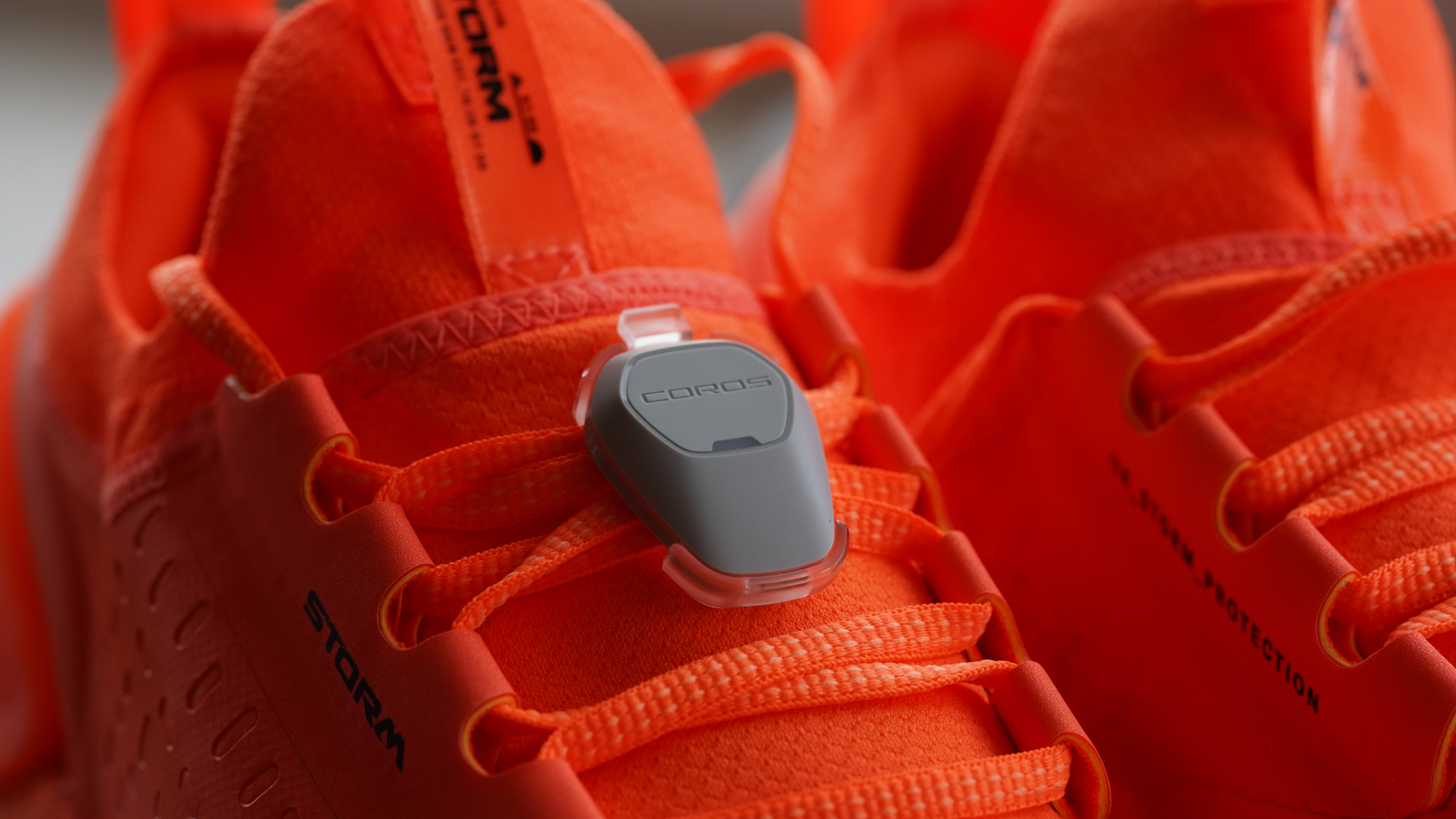
When combined with an inexpensive running wearable like the Pace 2, the Coros Pod 2 can provide accurate data for all types of runners and is especially useful for people who prefer to run indoors or in areas where the GPS signal usually isn't great (e.g. densely-built urban environments). If only it worked with other than just Coros watches...
-
+
Carry case and different attachments included in the price
-
+
Compact and lightweight unit
-
+
Automatically connects to compatible Coros watches (without pairing)
-
+
Adds an extra dimension to your running metrics
-
+
Can be worn clipped to your shoes or on the waist
-
-
Only works with Coros watches
-
-
Casual athletes might find it frivolous to spend extra money on a running accessory to track data more accurately
-
-
Not all data collected at any given time (see below)
Why you can trust T3

As a keen runner, I'm always happy to review (and use) any accessory that makes data captured by running watches more reliable. I'm also a big fan of Coros watches, especially the lightweight and accessibly-priced Pace 2, so when I was offered to do a review of the new Coros Pod 2, I said yes without hesitation.
After using the unit for a few weeks, paired with the new Coros Apex 2 Pro, I can confidently say it's an essential piece of running equipment for Coros users. This might sound like a compliment, but it's also a comment on the general accuracy of Coros wearables; although it's safe to say that no GPS watch can do what the Coros Pod 2 enables you to do, measuring acceleration and deceleration accurately. Should you buy the Coros Pod 2, or is it just an unnecessary running accessory? Let's find out.
Coros Pod 2 review – Price and availability
The Coros Pod 2 is available to buy from 27 October 2022 at Coros, Amazon and authorised retailers for a recommended retail price of $99/£99/AU$159. This is a significant price bump from the RRP of the original Coros Pod, which was sold for $69.99 two years ago. The Pod 2 is only available in one version (looking at you, Garmin HRM-Pro and HRM-Pro Plus).
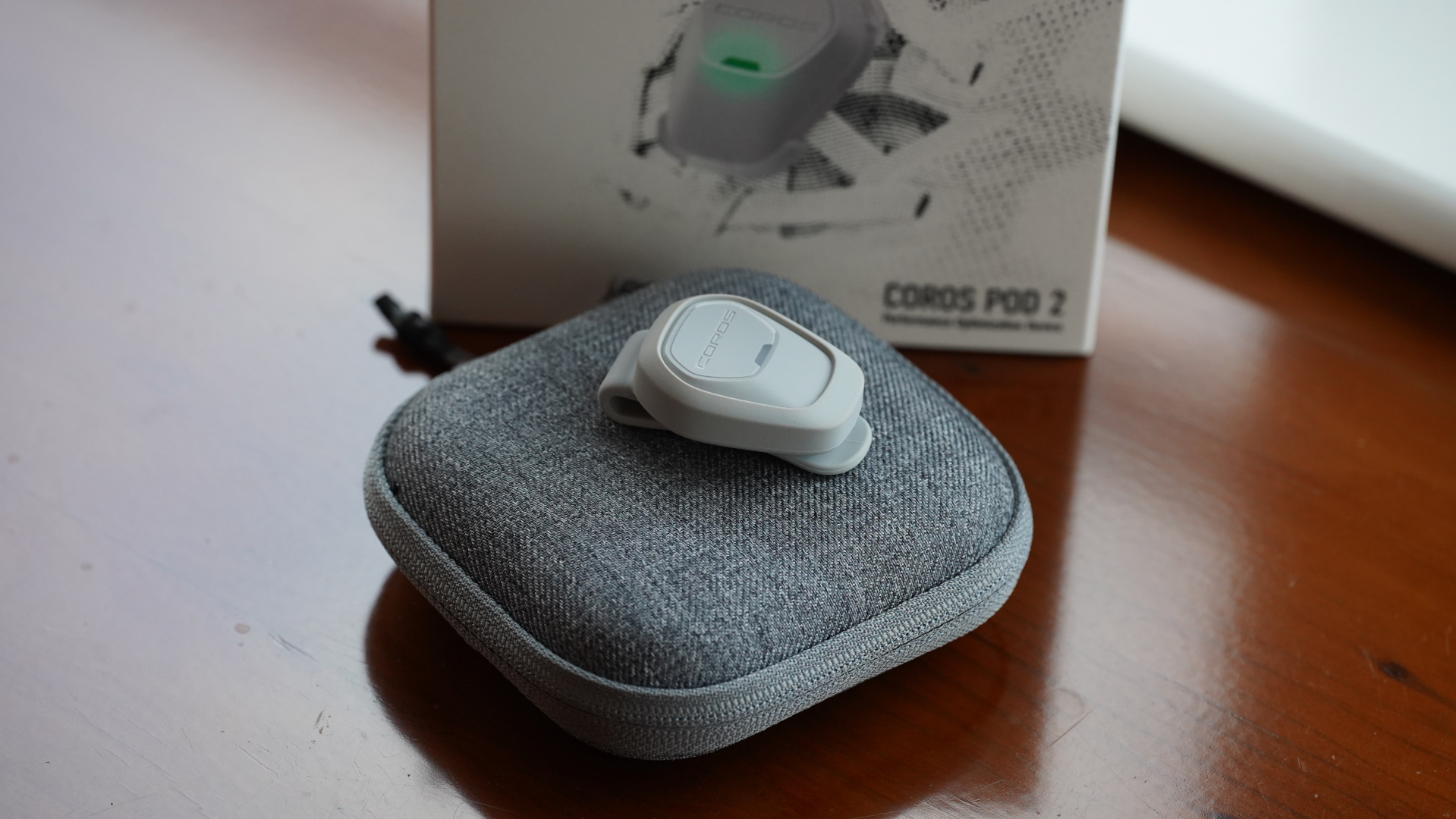
Coros Pod 2 review – What's new?
The Coros Pod 2 is quite different from its predecessor, both in terms of features and physical design. From a physical design point of view, the Pod 2 can now be clipped onto your shoes as well as your waist (the Coros Pod was waist-only). The Pod automatically detect the wearing position, so you don't have to tell the Coros app where the unit will be worn.
The Pod 2 has a built-in battery and comes with a charging dock, as opposed to the Pod that ran that on CR2032 batteries. Keeping the Coros Pod 2 in the charging dock is recommended, as it can supply five full charges' worth of battery life (140 hours in total). The Pod 2 has enough battery life for up to 28 hours of continuous running. The Pod 2 also has a temperature sensor and records weather temperature readings throughout your run.
Thanks to its advanced accelerometer, the Pod 2 removes the typical 10-second pace lag caused by GPS watches triangulating a location via satellites. With the built-in pace alert, your Coros watch, paired with the Pod 2, can supply you with your instant pace instead of the slightly delayed pace provided by GPS watches.
Coros Pod 2 review – How to pair it with the Coros app?
It's pretty simple to pair the Pod 2 with the Coros app. Simply pop the unit in the charging dock, open the Coros app, go to the Devices page, select 'Add new Device', choose Coros Pod, and follow the instructions. Once paired with the app, the Pod 2 will automatically connect to any Coros watch registered on the same account.
Get all the latest news, reviews, deals and buying guides on gorgeous tech, home and active products from the T3 experts
It's not quite as easy to determine whether the Pod 2 actually captured any data when running, though. When starting a new running activity in the watch, on the screen where you see the GPS and heart rate connection (just before you begin the activity), you should also see the Pod 2 icon. And the same with GPS and heart rate; you want to wait until it turns solid colour (also showing batter percentage), which means that it's recording for the entirety of your run. You will also see during your run that pace data shows "PACE (POD)", indicating the connection.
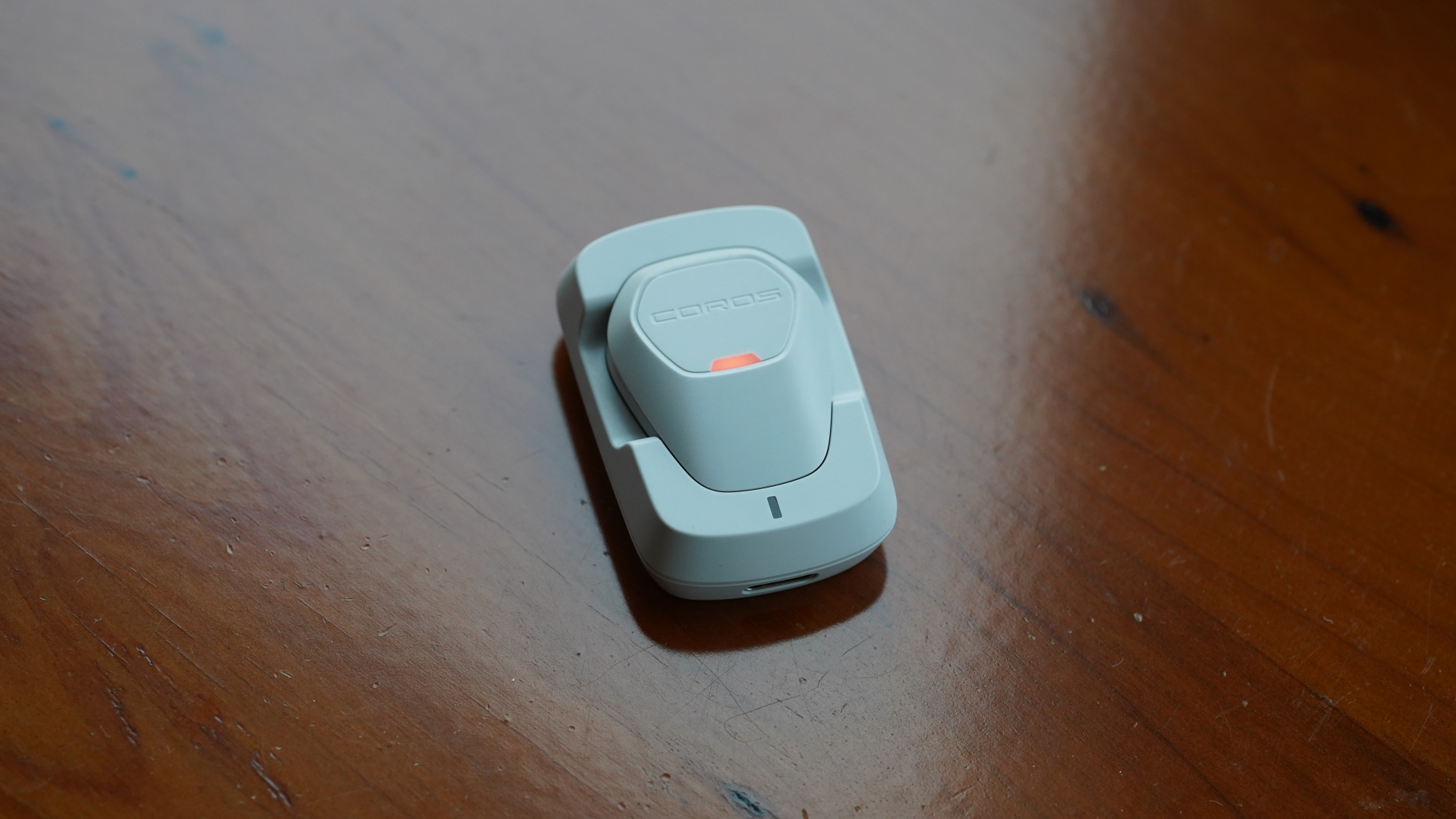
Coros Pod 2 review – Design and build quality
The Coros Pod 2 comes in a lovely little box full of accessories; these include the Pod 2 itself, the charging dock, a USB-C cord, two shoe clips, one waistband clip, one carry case and a setup manual and warranty information booklet. From a sensors point of view, the Coros Pod 2 has a built-in barometric altimeter, thermometer, geomagnetic compass, accelerometer and gyroscope.
The Pod 2 weighs 5.6g (0.2oz) and is made of fibre-reinforced polymer. It's water-rated to 3 ATMs and will work within the temperature range of -10 to 60 ℃. It uses Bluetooth to connect to your phone and watch. Physical dimensions are 1" x 1.3" x 0.3" (or 27.1 x 33.9 x 8.6 mm).
It feels sturdy enough in hand or when it's clipped on, and the Pod 2 connect to the charging dock satisfyingly firmly. It's also super easy to pop the unit into either of the clip-on cases. Thanks to the lack of buttons or moving parts, it's likely the Pod 2 will last a long time, as long as you don't try to run underwater with it, even though it has a better water rating than the original Pod (that had a 1 ATM water rating).
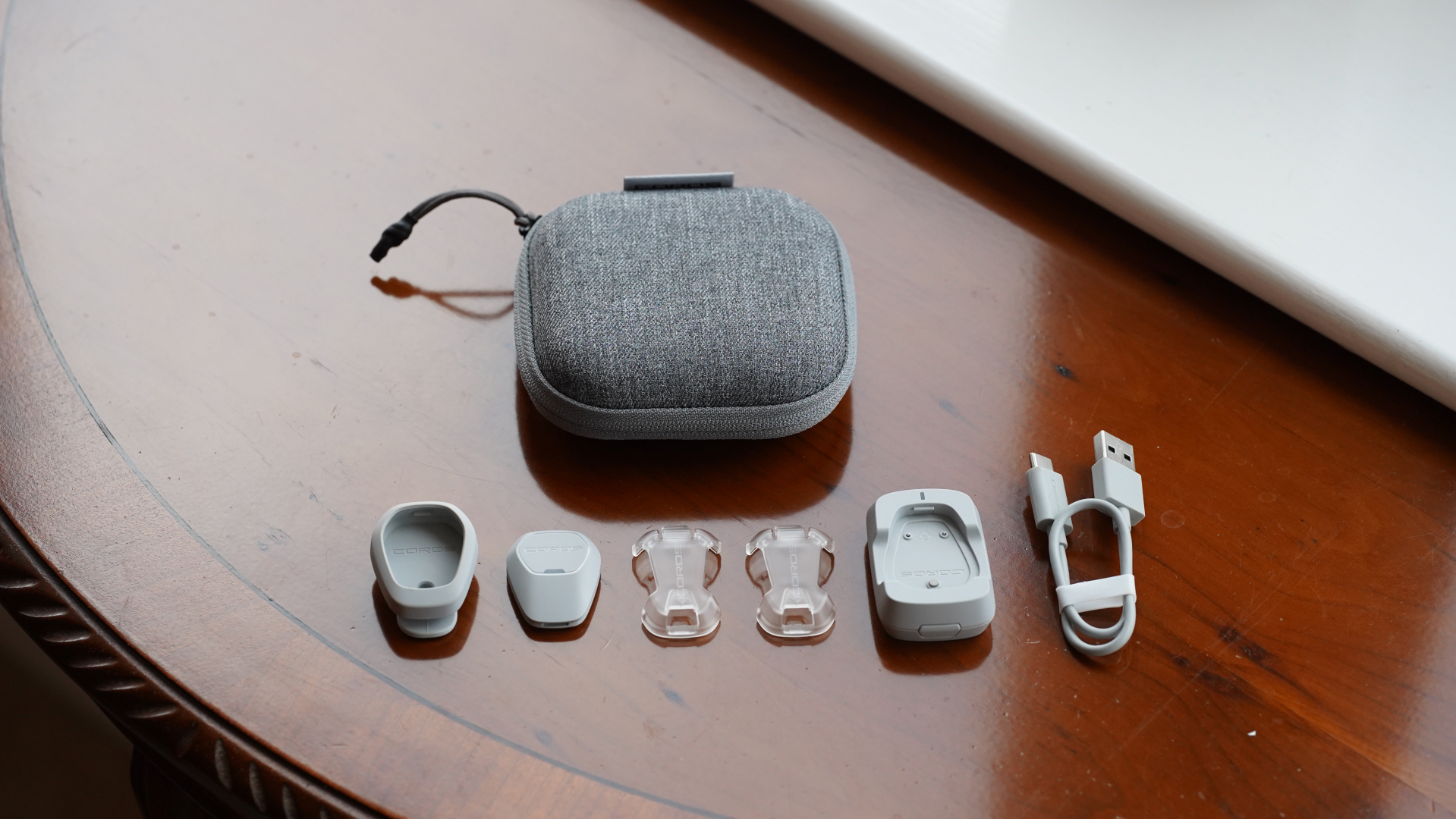
Coros Pod 2 review – What data does it capture?
The Coros Pod 2 captures the following data: distance, pace, EffortPace, cadence, stride length, L/R balance, ground contact time, stride height, stride ratio, temperature, elevation gain/loss and altitude. Some of this data is collected via the Pod 2 and the watch (e.g. EffortPace, distance, stride length, elevation change and altitude), which in theory, improves accuracy even more.
One thing to note here is that not all data is captured at the same time. The Pod 2 can be worn on the waist and on the shoes, and depending on where it is (the Pod 2 should detect this automatically), it will capture the following data points:
- On foot
- GPS Track Enhancement
- Distance
- Pace
- EffortPace
- Cadence
- Stride Length
- On waist
- L/R Balance
- Ground Contact Time
- Stride Height
- Stride Ratio
Needless to say, it would have been awesome for all the data to be captured all the time, but I appreciate this might not possible from a physiological point of view. Alternatively, it would be handy if we could connect two Pod 2s to the Coros app and use them on the shoes/waist simultaneously, although even I appreciate that might be an overkill.
Coros Pod 2 review – What's Effort Pace?
One data point above might be a bit of an odd one out: Effort Pace. It replaces Adjusted Pace and offers an alternative to Running Power, which is also captured by some Coros watches, such as the Pace 2. Full disclosure, I never really cared much about running power because it was unreliable and incomparable between different brands.
Effort Pace aims to create a more useful and actionable stat that sounds similar to Garmin's grade-adjusted pace feature. I'm not accusing Coros of nicking this feature, though; not only Garmin only recently rolled it out, but new features are usually developed for years, so it's only unfortunate they were launched more or less at the same time.
Coros admits that the Effort Pace feature is a start and that they plan on turning it into the "most advanced training metric" available on the market. It certainly can't be worse than Running Power! For one, Effort Pace is personalised via the Coros EvoLab system that reads your historical activity data and determines how you perform in different conditions. Good start – we'll see how it'll develop over time.
Update 19/12/2022: Coros' Effort Pace is now personalised, which means it considers your historical data to "create a personalised and actionable data point for you to use during your runs", Coros says. Effort Pace is currently available for PACE 2, APEX Pro, APEX 2/2 Pro, and VERTIX 1/2.
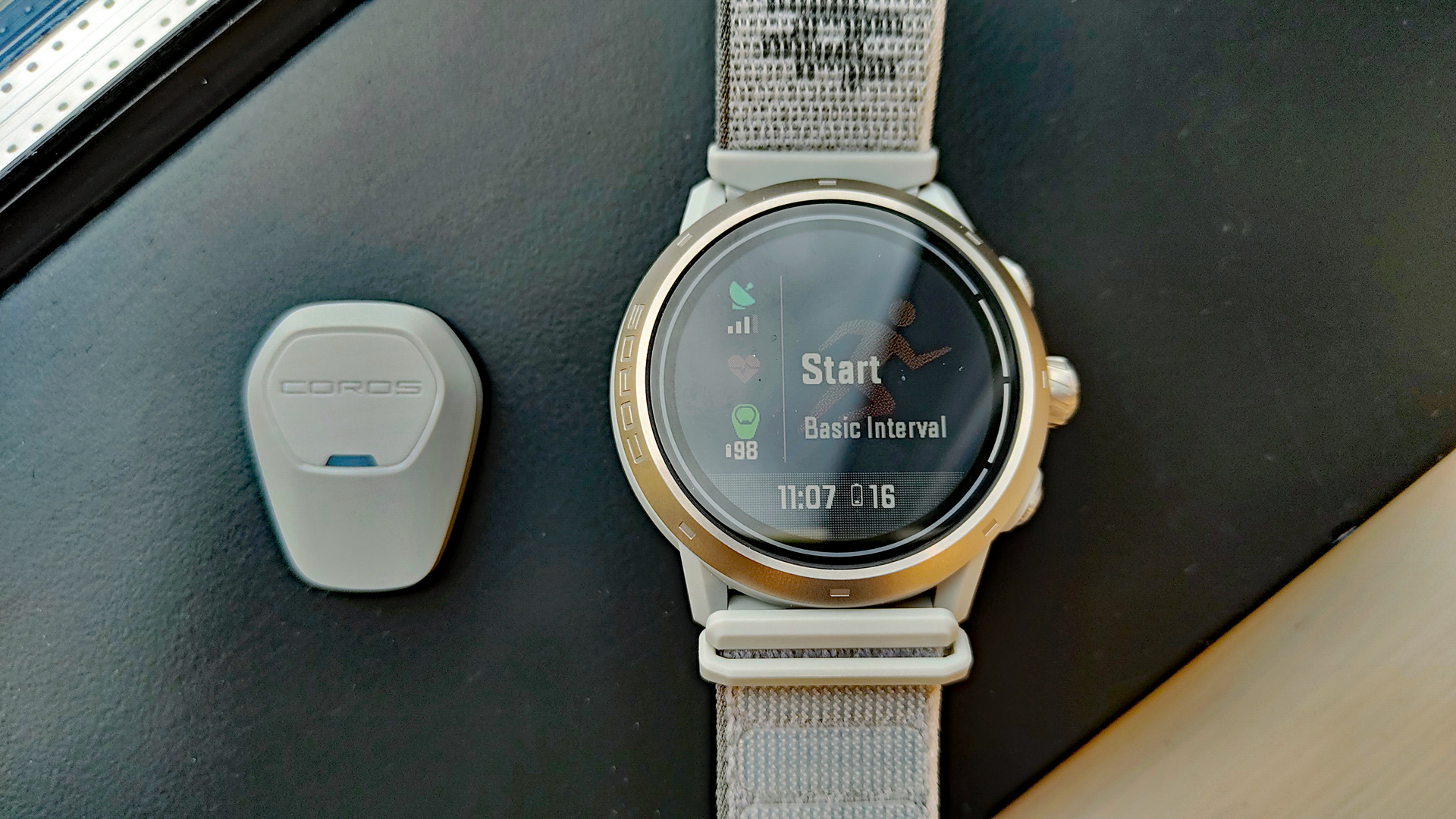
Coros Pod 2 review – Accuracy
As mentioned above, there is no indication in the Coros app after the workout has been finished that any data from the Pod 2 has been used, but as long as the watch is connected to the Pod 2 before the session begins, you should be fairly certain the data you see in the Coros app is at least partially provided by the Pod 2.
Coros mainly recommends the Pod 2 to urban runners looking to improve their GPS track quality and data consistency, indoor runners (e.g. people who use treadmills), road runners who want to ensure the data they use for training is as accurate as possible and trail runners who need more actionable real-time data when tackling technical terrain.
And indeed, the Coros Pod 2 instantly improves pace data. It shines on flat surfaces (e.g. road running) and does okay when there is some elevation involved. I was delighted to see that Coros Pod 2 managed to keep up even when I was just fooling around, quickly accelerating and then stopping almost immediately after. Pace information on my Coros Pace 2 was changing rapidly.
This also made me realise how sluggish pace feedback is on the Coros Pace 2. I appreciate it's the same with most GPS watches – I found the Garmin Forerunner 955 Solar particularly slow to follow changes in pace – but when you use an accessory such as the Coros Pod 2, it makes you wonder how accurate these wearables are on their own.
Anyhow, the Coros Pod 2 did well in tracking pace and other running metrics, and that's the main thing. The auto-position recognition worked well, and I was also happy with the battery life of the device.
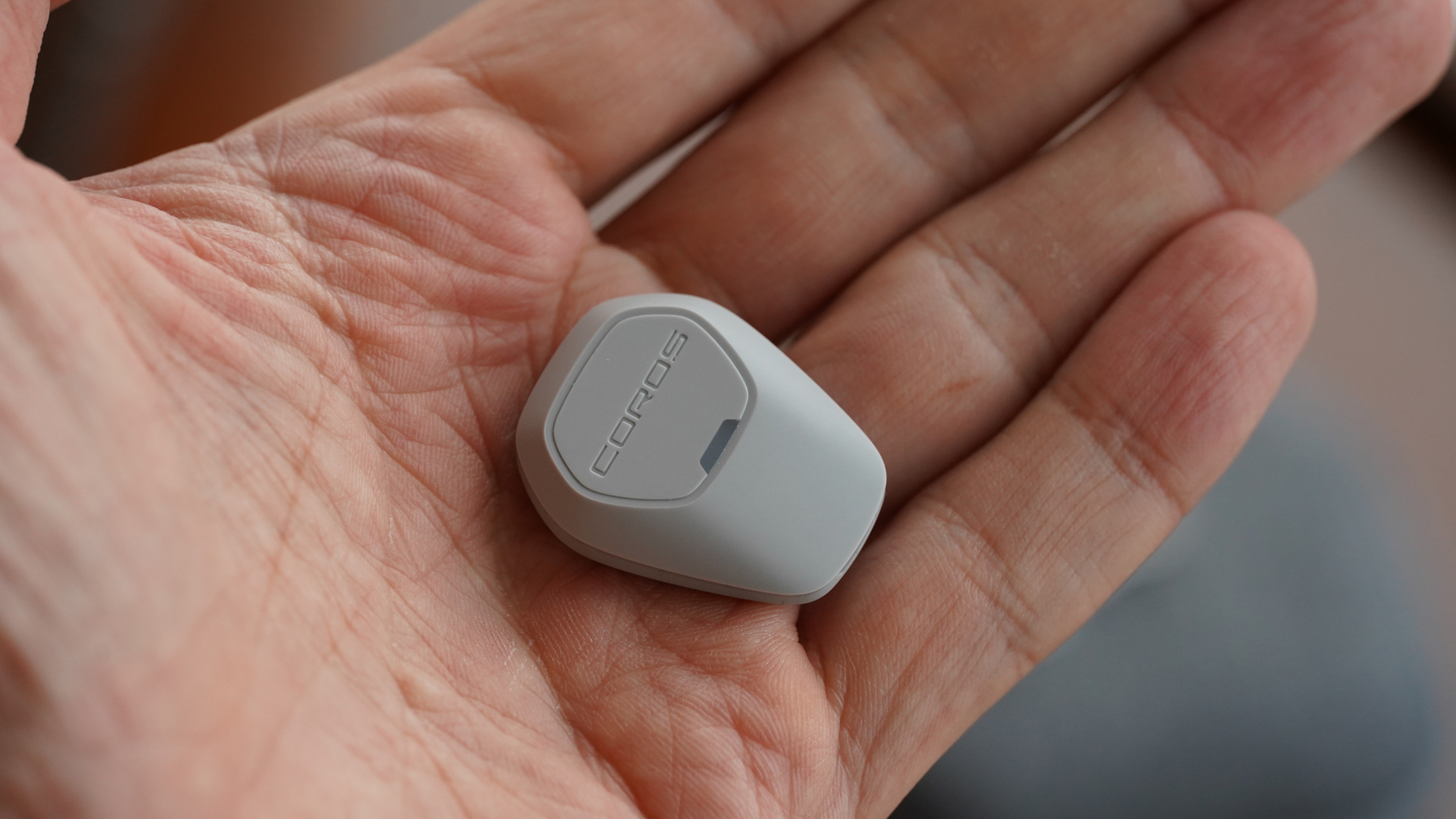
Coros Pod 2 review – Verdict
Should you get the Coros Pod 2? It's comparatively expensive for a running accessory (although cheaper than the equally as good NURVV Run Insoles) and only works with Coros watches, which might reduce its appeal among users of the best Garmin watches (they have their Running Dynamics Pod anyway). For the same reason, it isn't really a direct competition for running accessories such as Stryd, despite offering similar functionality.
However, one must consider the price of the watch, and when you think about it, buying the Coros Pod 2 and the Pace 2 will cost you less than getting a Garmin Forerunner 255S. That's not too bad, especially considering the accuracy of the data captured. Plus, Coros provides a whole ecosystem with its Training Hub and EvoLab for free, making the Pod 2 all the more appealing for runners who really don't want to compromise on the quality of the data captured but haven't got the money to splash out on a Garmin Enduro 2.
First reviewed October 2022.

Matt Kollat is a journalist and content creator who works for T3.com and its magazine counterpart as an Active Editor. His areas of expertise include wearables, drones, fitness equipment, nutrition and outdoor gear. He joined T3 in 2019. His byline appears in several publications, including Techradar and Fit&Well, and more. Matt also collaborated with other content creators (e.g. Garage Gym Reviews) and judged many awards, such as the European Specialist Sports Nutrition Alliance's ESSNawards. When he isn't working out, running or cycling, you'll find him roaming the countryside and trying out new podcasting and content creation equipment.